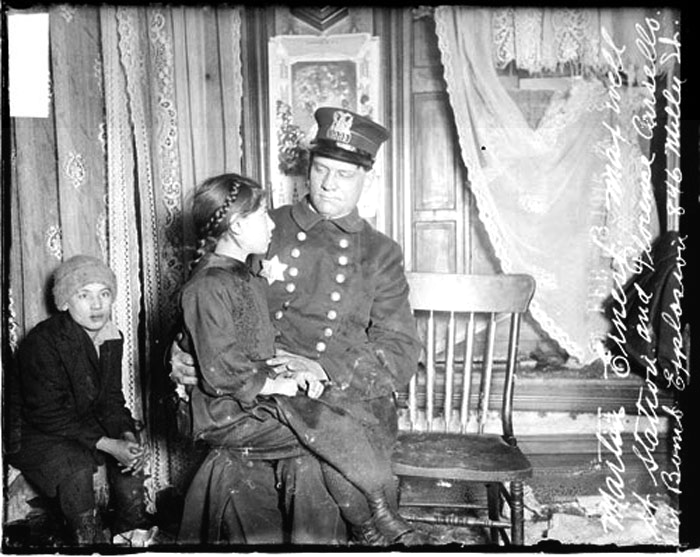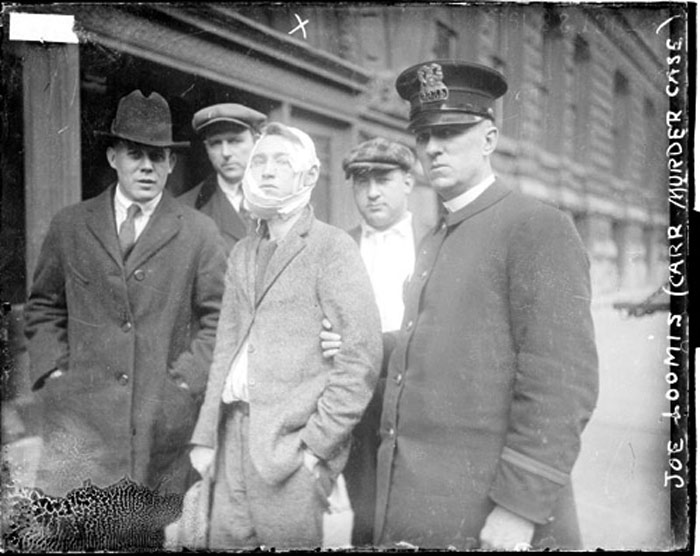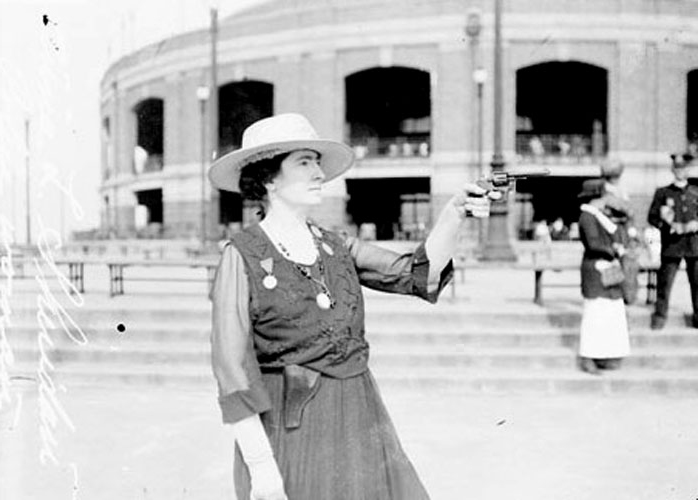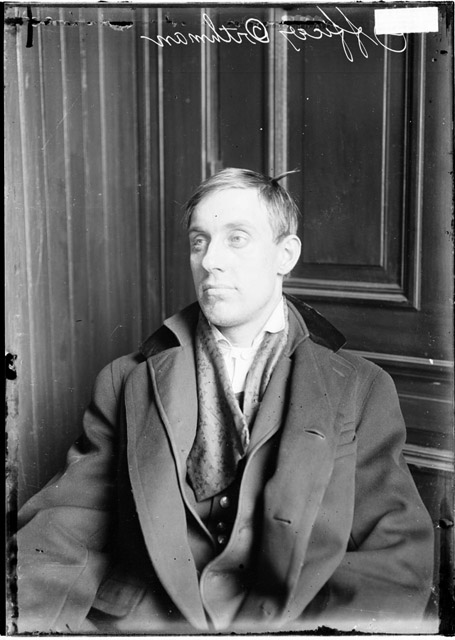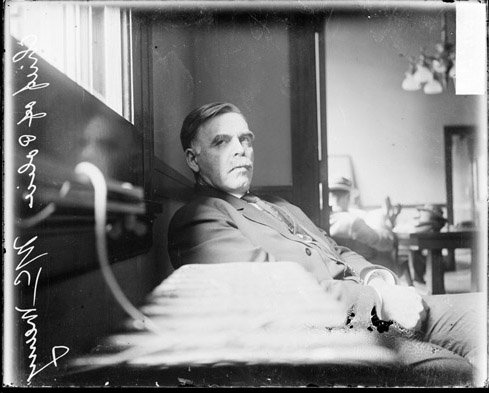This data set of more than 11,000 homicides from 1870-1930 is based upon a set of handwritten records kept without interruption by the Chicago Police Department, consistently, and with the same protocol and indexing system, over a sixty year period. The Chicago Police as an institution changed greatly during this period. Allegations of corruption alternated with periods of reform, while the general trend over the period was towards increased professionalization of the police. The institution of the Chicago Police changed greatly over the period, and a series of reports and commentaries record some of those changes. The police in Chicago during this period were oriented to neighborhoods. The education and training of officers became more professional throughout the period. Each neighborhood had its own police station, and the individual records typically report the precinct number. The neighborhoods, in turn, were aligned with the political wards of the city. Aldermen were elected by wards and answered politically to their constituencies in wards. The aldermen and the mayor ruled the city, and the police answered to them.
One of the first acts of a newly appointed mayor was the appointment of the Superintendent of Police, a powerful and often controversial figure in Chicago. Periodically there were scandals involving: superintendents; individual officers; the conduct of police in certain wards; or the behavior of a group of policemen during particular incidents, such as strikes or riots. There was an uneasy relationship between the progressive reformers and the police as the official reports of the period reflect.
Uniforms, pay scales, educational requirements for police officers were all modified during the period. The trend was in the general direction of greater professionalization (A Manual of Criminal Law). An important political debate was carried on for decades over whether or not the police were to be treated as civil servants: guaranteed certain kinds of job security and minimum wages, and also not to be capable of being fired when a new mayor was elected. It was also a period when the police had a great deal of discretion and power, with the support of the aldermen and mayor. And each police station and ward had its own character, traditions, and reputation.
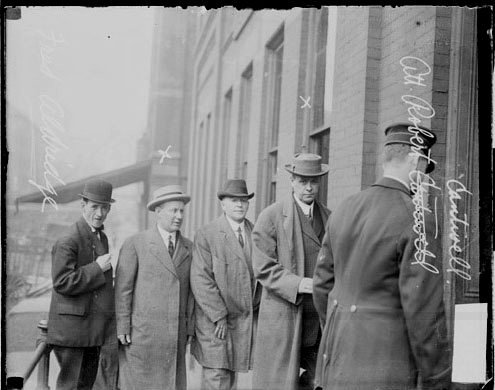
One of the most famous stations was the Harrison Street Station. The Des Plaines Street Police Station, where the more than 170 police officers waited to march on the Haymarket, also played an historic role in many events as well.
In the nineteenth and early twentieth century the police both took care of and monitored the urban poor - the workers or those without work who in periods of economic depression lived on the street. In a role which is unfamiliar at the present time, the police stations served as one night homeless shelters, some more hospitable than others, for those who had nowhere else to go; (If Christ came to Chicago and 1000 Homeless Men). The police as they became more professionalized gradually weaned themselves from the role of social service providers. This was accelerated by the rise of other social service providers) such as Jane Addams, Hull House, and other similar institutions.
Three contemporaneous reports describe the organization of the Chicago Police Department at different periods during the time of these records. The police both individually and, as an institution, were frequently the target of anti-corruption campaigns, including political movements to restrict the sale of liquor and to regulate prostitution. The police were also often accused of being the agents of graft and bribery for aldermen and political bosses, and for the men who ran the vastly profitable, illegal gambling and prostitution rings in the city.
The role of the police was further complicated by the fact that many powerful citizens and employers hired private militia or Pinkertons as strike breakers, or simply as private security guards, and the city and state officials also periodically called in the national guard or federal troops to keep order. For example, the strike of 1877 ended with 5,000 federal troops occupying Chicago. The ranks of law enforcement were thus increased and augmented by additional or specially conscripted officers.
Yet, over the course of the period, the police did become more accountable to the public. Being a police officer was a job with opportunities - opportunities for graft and corruption, on occasion, but opportunities for advancement, security, and to serve in government with distinction, as well. And no other institution was a more important symbol of the rule of law, or its absence.
The role of the police as the keepers of order was demonstrated in its most extreme manifestation at the time of the executions of the Haymarket defendants. More than three hundred armed policemen guarded the Cook County jail where the hangings were to take place in November of 1887. From every window police rifles pointed out, and the roof was said to be black with policemen. On the day of the funeral after the hangings, armed police solidly lined the streets as crowds estimated at more than two-hundred thousand stood in silence four and five deep watching the cortege with its four coffins pass on its way to the cemetery.
The job of the police, as they and the city officials saw it, was to maintain civil order, especially during periods of unrest (JCLC p.460 - 461). After the Haymarket executions a widely-distributed account of the trial and the investigation of the anarchists was published by a prominent police officer, Michael J. Schaack, who worked with the prosecution to gather evidence and make arrests of supposed anarchists. Later appraisals of the activity of Schaak and other members of the police force during and after the Haymarket trial have reassessed the actions and behavior of the police reported in this account of the threat posed by anarchists, and the justifications given for police behavior towards the anarchists or suspected anarchists during and after Haymarket. Even if strongly partial towards the police and prosecution, and perhaps unreliable in some of its reports, the Schaak account is valuable. The sentiments and version of events reported in this book were widely shared among the press and the public, and the book was distributed widely throughout the country after the executions.
Throughout this period when criminology and police science were in their developing stages, The Journal of Criminal Law and Criminology from its founding in 1910 as the official publication of the American Institute of Criminal Law and Criminology at Northwestern University, published statistics, reports and analytic articles on the police and their administration (JCLC p.478 - 85). The most comprehensive academic study of the Chicago police, however, is part of the 1929 Illinois Crime Survey. First published in 1929, this report is a model of scholarship and careful reporting. Today, the tradition of comprehensive and challenging reports by government officials is continued with the publication of the Governor’s Commission on Capital Punishment in 2002, a report which addresses a number of reforms related to the activities of police in the investigation and prosecution of capital murder cases in Illinois.

